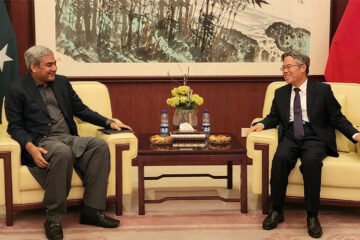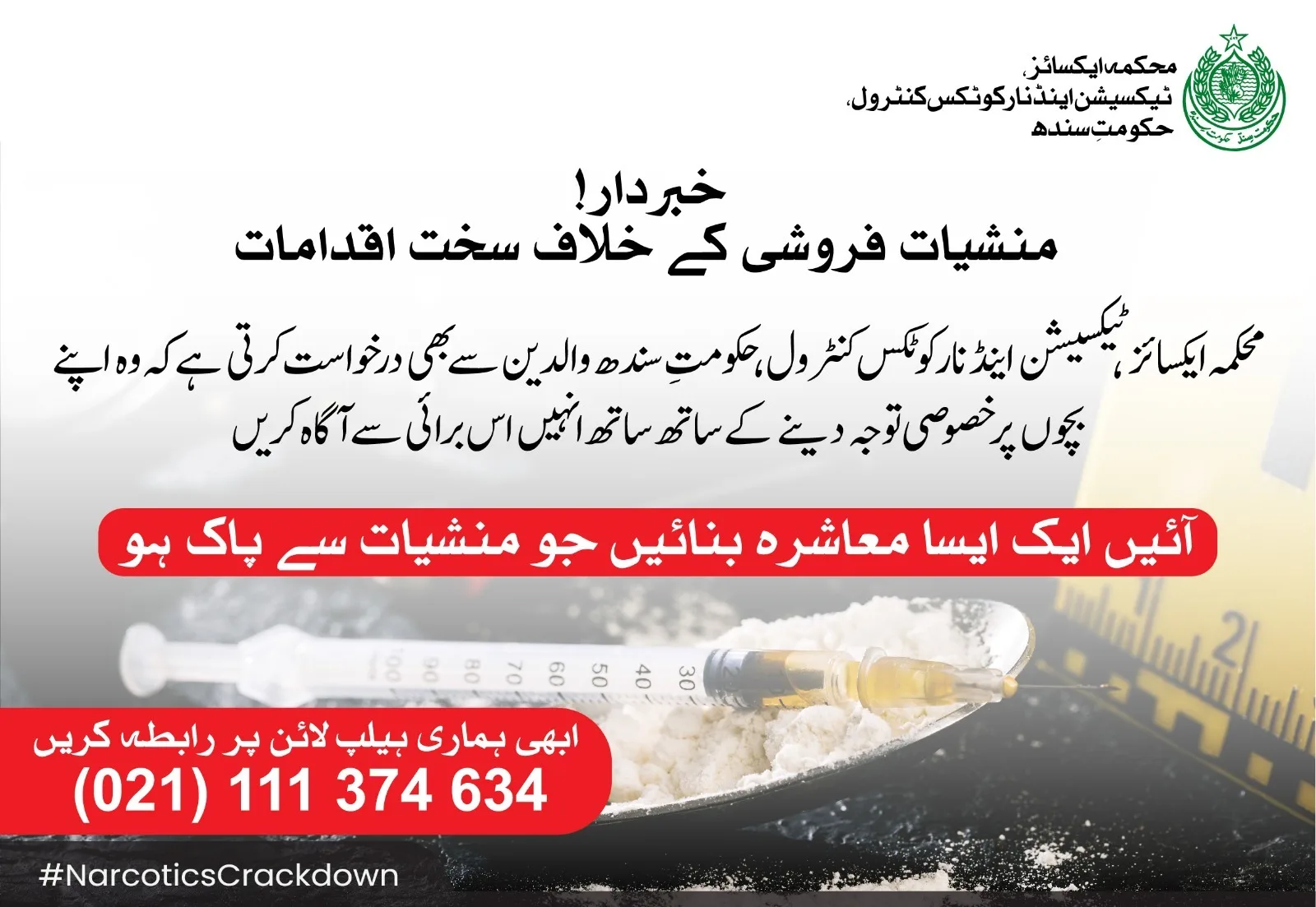What is behind the Saudi campaign against Hamas?

(ALJAZEERA) On September 9, Hamas issued a surprising official statement condemning the arrests of some of its supporters residing in Saudi Arabia. Since April, dozens of Palestinians, Jordanians and Saudi citizens have been arrested and accused of belonging to and supporting Hamas by collecting donations for the group.
Some have allegedly been tortured, others have been deported; many have had their assets frozen and their financial transfers monitored. In addition, strict controls on remittances to the Palestinian territories have been imposed, which almost completely cut them off over the summer.
For months, Hamas remained mostly silent, hoping that political mediation could resolve the issue. Senior Hamas members repeatedly approached the Saudi authorities regarding the matter and also asked various Arab officials to do so as well.
The official statement condemning the Saudi campaign against its supporters suggests that the mediation efforts have failed and that tensions have not been resolved. It appears that Saudi engagement with the Trump administration and its “deal of the century”, as well as its diplomatic campaign against Iran, have precipitated this crisis.
Saudi-Hamas relations
After Hamas was formed in the 1980s, its leadership enjoyed good relations with Saudi Arabia for years. Although the Saudi authorities never sent direct funding to the group, they allowed fundraising to take place on their territory.
In the early 2000s, Hamas started to move closer to Iran, which inevitably affected relations with Saudi Arabia. In 2007, following Hamas’ victory in the Palestinian legislative elections and clashes with Fatah in Gaza, Riyadh tried to broker reconciliation between the two but failed to do so, which additionally soured Saudi attitudes towards the Hamas leadership.
When in 2011 the Arab Spring broke out and mass protests against the Assad regime spread across Syria, Hamas found itself increasingly at odds with Iran. As the upheaval transformed into a civil war, the movement decided to back the Syrian opposition, effectively breaking relations with Tehran, which was siding with Damascus.
This welcome development for the Saudis was overshadowed by Egypt’s military coup in 2013 which removed Egyptian President Mohamed Morsi. Saudi support for the removal of the first democratically elected Egyptian president and Hamas’ opposition exacerbated their relations, which put a stop to official visits by the Hamas leadership to Riyadh.
The new regime in Cairo increased pressure on Gaza, while the crisis in relations with Fatah deepened in parallel. As a result, feeling increasingly isolated, Hamas started to reach out to Iran again in 2017.
Since then, relations with Tehran have improved significantly, which was demonstrated by an official visit by a Hamas delegation to the country in July this year and their meeting with Supreme Leader Ayatollah Ali Khamenei.
A new crisis
The beginning of the Iran-Hamas rapprochement roughly coincided with the turnabout in US strategy towards Iran. The Trump administration withdrew from the nuclear deal and announced a policy of “maximum pressure” towards Tehran, which both Saudi Arabia and Israel welcomed.
At the same time, Washington effectively tied its Iran policy to its effort to push through a “peace deal” between the Israelis and the Palestinians, which involves support by Arab states and their normalisation with Israel. Saudi Arabia made its support for the plan quite clear.
Within this context, official attitudes towards Palestine started to change.
Crown Prince Mohammed bin Salman (MBS) started pressuring the Palestinian Authority (PA) to accept the American deal as early as 2017. In 2018, reports were circulating that he issued threats and offered financial support to encourage Palestinian President Mahmoud Abbas to accept the terms of the American deal.
Then, earlier this year, Riyadh turned its gaze to Gaza. In April, the first arrests of Hamas supporters took place, including the detention of Dr Mohammed al-Khodary, who had been responsible for bilateral relations for over 20 years. This was followed by a clear shift in Saudi rhetoric on social and traditional media.
In May, Saudi newspaper Mecca published a list of 40 Islamic figures around the world who it characterised as terrorists influenced by Muslim Brotherhood ideas. Among them were Hamas founder Sheikh Ahmed Yassin, former leader Khaled Meshaal, current leader Ismail Haniya, and its military commanders Mohammad al-Deif and Yahya al-Sinwar.
Then, during the Israeli offensive against Gaza in the same month, Saudi activists and bloggers wrote solidarity tweets with Israel and attacked Hamas, accusing it of working for Iran and Turkey and demanding that Israel counter what they called the “terrorism” of “murderous” Hamas. The comments were widely welcomed by Israel.
According to Hamas officials I have spoken to, Saudi Arabia has said Hamas needs to “resolve their problems with the Americans”. Although it is unclear what this means specifically, the Hamas leadership believes that this campaign aims to pressure it into accepting the Trump administration’s “deal of the century” and ceasing its armed resistance against the Israeli occupation.
Apart from trying to satisfy the American desire to put pressure on the movement and dry up its sources of funding, the Saudi campaign against Hamas is also seeking to curb its rapprochement with Iran.
What next?
Hamas’s decision to go public about the Saudi campaign against its members makes it clear that it refuses to pursue better relations with Saudi Arabia by cutting off relations with Iran. In the past, it has maintained a balanced relationship with both countries and it wants this to continue.
Hamas’s resistance to Saudi pressure could push Riyadh to intensify its campaign against the group. Its demonisation in Saudi media will likely continue, and so will efforts to cut its funding channels.
The kingdom might also exert political and economic pressure on other Arab countries to tighten the screws on Hamas and it might lobby for the Arab League to designate it as a terrorist organisation, as it did with Hezbollah in 2016.
If Saudi pressure persists and increases, this would undoubtedly affect negatively Hamas’s precarious situation in the region and would strengthen its relations with Iran, which has reinstated its military and financial support for the group.
While Hamas will increasingly feel cornered, the Palestinian people will be the ones who pay the price, as living conditions and economic disaster continue to worsen in the Gaza Strip.
For now, Hamas seems eager not to sever its relationship with Saudi Arabia completely, despite the current tensions. It will try to weather to storm in the hope that the political situation in the kingdom and in the region would change and lead to an eventual thaw in relations.
In the context of increasing Arab alignment with the US and Saudi positions, this crisis is seen by Palestinians as yet another indication that they have been largely abandoned by Arab governments to the mercy of their occupier and its Western supporters.
CREDITS: ALJAZEERA, Adnan Abu Amer.











